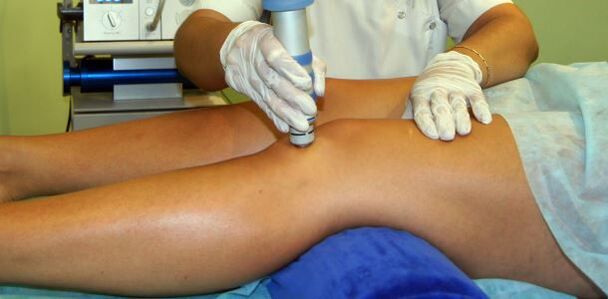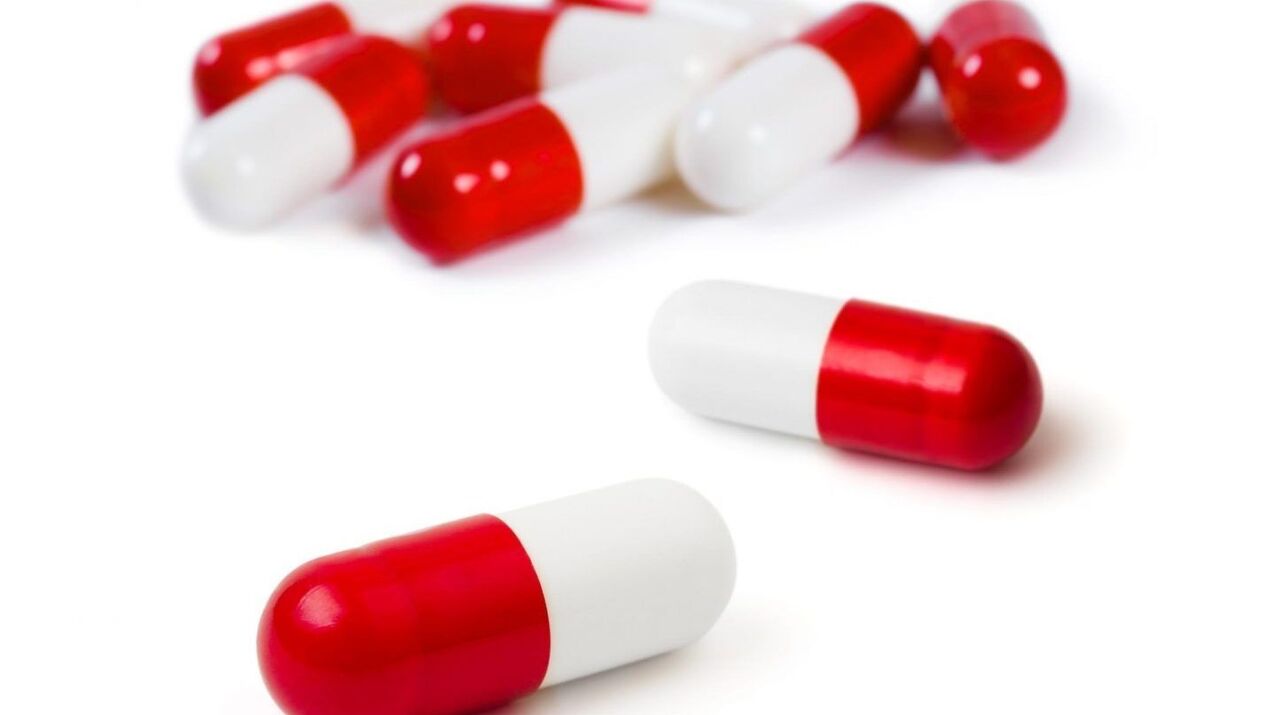
Those facing joint disease are often interested in: Arthritis and Arthropathy - what's the difference between them. These diseases affect one third of the population aged 36-49, and every other population aged 50-70. In older people, 90% develop lesions. These diseases have their similarities and differences.
How is Arthritis Different from Arthropathy?
Generally, the difference between these diseases is shown in their names. From Latin, disease, there is a suffix "-it" in the term, which denotes an inflammatory process that takes place in the body. If the name contains the "-oz" combination, it means tissue destruction. Arthritis and joint disease are no exception. The first disease manifests as swelling and inflammation of the synovium. The second disease is the destruction of cartilage and nearby bone areas.
Causes of Arthritis and Arthropathy
Several factors can contribute to the development of the first and second diseases. There are five such "provocateurs":
- Putting intense pressure on the joints for extended periods of time. Most of the time, this cause has been observed in athletes.
- Hypothermia - frequent exposure to cold water, snow, etc.
- Joint damage.
- Genetic susceptibility - the disease is inherited.
- Congenital disorders of bone and connective tissue.
Specific "provocateurs" of arthritis include:
- Infections that have entered the body, causing inflammation;
- overweight;
- Malnutrition (the body's defense system is affected due to lack of valuable substances).
Arthropathy is a disease that develops independently of diseases of other organs and systems. That is, the disease has nothing to do with the general condition of the body. It is called by such "provocateurs":
- hormonal disorders in the body;
- Perth disease;
- hemophilia;
- severe poisoning of the body;
- Age-related cartilage degeneration.
Rheumatoid arthritis can lead to joint disease if the disease is not treated properly. This is natural because, due to the degeneration of synovial fluid, the nutrition of cartilage tissue is destroyed. As a result, this led to its destruction. Therefore, it is very important to contact a doctor immediately when an alarm signal from the body is detected.
Symptoms of arthritis and joint disease

The clinical manifestations of these diseases vary. Also, arthritis and arthropathy - what is the difference between them, you can see by the localized area of the disease. The inflammatory process attacks these parts of the body:
- joint;
- liver;
- heart and blood vessels;
- lung;
- kidney.
Arthropathy affects only the joints:
- fashionable;
- the metatarsal phalanges of the foot;
- knee;
- between the fingers of the hand.
There are common signs of arthritis and joint disease. These include symptoms such as:
- stiffness of movement;
- pain;
- Loss of athletic ability.
Arthritis - Signs
The following factors indicate the development of this disease:
- stiffness in the morning;
- Increased body temperature in the area where the inflammatory process takes place (the area is hot to the touch);
- Soft tissue swelling near the affected joint;
- pain (at rest and with exercise);
- Redness of the skin.
Symptoms of arthritis when the disease affects other organs and systems:
- Great worship;
- Violation of heart rhythm;
- chills;
- conjunctivitis;
- Body temperature rises to 39 ° C;
- Pain when urinating.
Arthropathy - Signs
One of the main symptoms of this disease is pain. They appear both at rest and when the joint is loaded. Additionally, symptoms of osteoarthritis may be:
- Reduced range of motion;
- Tightening (due to the erasure of the perichondrium);
- Limb deformities.
Treatment of arthritis and joint disease

Before starting treatment, make a diagnosis. It includes the following activities:
- radiography;
- general blood tests;
- Arthroscopy;
- Connective tissue ultrasound.
The distinction between arthritis and joint disease in the treatment of these conditions is practically non-existent. Treatment includes the following steps:
- relieve pain;
- maintain connective tissue;
- eliminate stiffness;
- Reduce the risk of recurrence.
Treatment of these disorders involves a comprehensive approach. In arthritis, it aims to reduce the inflammatory process, while in arthritis it aims to restore cartilage tissue. Treatment involves using the following methods:
- physiotherapy;
- physical therapy exercises;
- medical treatement;
- Diet food.
The differences in how arthritis and arthropathy are treated are visible in a doctor's prescription. Therefore, antibiotics are prescribed during treatment if the inflammatory process is contagious in nature. Steroids are prescribed when autoimmune arthritis is diagnosed. However, you cannot choose the medicine yourself. This treatment is not safe. At first, you may even feel that the disease has subsided: the pain subsides, the stiffness subsides. However, in reality things are not as they seem. Although the obvious signs disappeared, the disease continued to develop.
Arthritis and arthritis are treated with injections, tablets, and ointments—what the difference is in this treatment, the doctor will explain in detail. He will prescribe the best medication regimen. To enhance the effect, orthopaedic corrections were made to the violations. Surgical intervention is performed if medical treatment fails to cope with these disorders and they develop into severe forms.
Which doctor treats arthritis and joint disease?
To keep the illness from becoming a neglected form, you need to seek prompt medical help. To do this, you need to know which doctor treats arthritis and joint disease. In domestic clinics, the following specialists are involved in the treatment of these diseases:
- Rheumatologist - they turned him to have mild symptoms of the disease. The doctor will perform tests, refer the patient for an X-ray, and then prescribe the best treatment.
- Surgeon - Helps with unbearable discomfort.
- Orthopedic Surgeon - Specializes in chronic pain.
ointments for arthritis and joint disease
Topical medicines have the following effects:
- improved blood circulation;
- achieve antibacterial effect;
- normalization of cartilage nutrition;
- decreased pain sensation;
- Provides a warm effect.
In terms of how to treat arthritis, joint disease at home, the following groups of creams have proven themselves well:
- vasodilators;
- warming;
- painkiller;
- Anti-inflammatory (medicine.
The effectiveness of using external proxies is low. About 7% of the active substance is delivered to the affected joint through the skin. For this reason, doctors recommend using ointments only in the initial stages of the disease. Furthermore, these drugs can be used as an additional tool in complex treatments. The duration of use of this ointment is determined individually by the doctor in each case.
More commonly, such anti-inflammatory and analgesic, warming and vasodilatory creams are prescribed.
Pills for Arthropathy and Arthritis

The following antibiotics may be prescribed:
- macrolides;
- tetracycline;
- Fluoroquinolones.
In addition, such NSAIDs and chondroprotective agents for arthritis and arthropathy may be prescribed.
Arthritis, Arthritis - Treated with Folk Remedies
Various treatments are available when battling these diseases. Folk remedies are very popular. They have undeniable advantages: usability, ease of manufacture and naturalness. However, they should only be used after consulting a doctor. He knows what arthritis and joint disease are and what's the difference between them, so he'll help you choose the best treatment. Uncontrolled intake of homemade "drugs" is not safe.
Arthritis, Arthritis - Alternative Remedies for Black Currant
raw material:
- Black currant leaves - 4-5 g;
- Water - 250 ml.
Preparation and application:
- The ingredients must be poured with boiling water and kept in a water bath for 20 minutes.
- Medication should be filtered and taken 1 tablespoon. Spoon three times a day.
- The remaining product is stored in an airtight container in the refrigerator.
Arthritis and joint disease diet

A properly chosen nutritional regimen will help alleviate the patient's condition. The arthritis and joint disease diet does not include eating the following foods:
- strong tea and coffee;
- salinity;
- chocolate
- alcoholic beverages;
- margarine and butter;
- French fries and French fries;
- yolk;
- Cod liver oil.
After a doctor diagnoses arthritis and arthropathy and explains the difference between them to a patient, he can recommend a diet that includes eating these foods:
- ginger;
- almond;
- apple
- black beans;
- salmon
- fresh fruits and vegetables;
- beef;
- Chicken etc.
Prevent arthritis and joint disease
Preventing disease is much easier than fighting it later. Arthropathy, arthritis includes the following preventive measures:
- Proper and balanced nutrition.
- Don't overload your joints - alternate mental and physical work.
- Reject bad habits.
- Weight control.
- Wear orthopedic shoes.
- Protects joints from hypothermia and injury.
- Do exercises such as gymnastics and swimming that do not overload your joints.














































